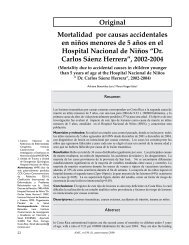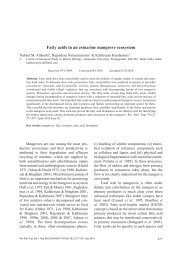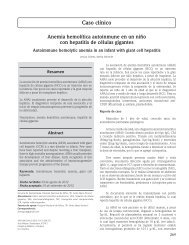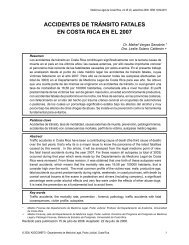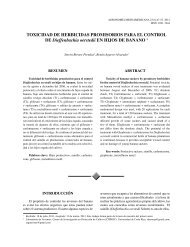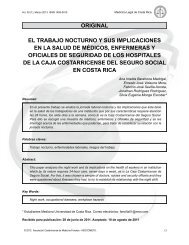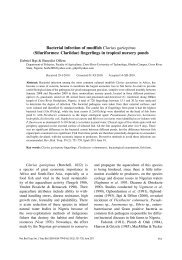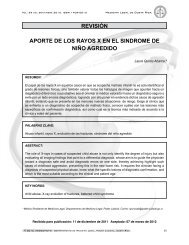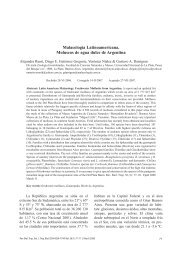Seed germination and seedling growth of two Pseudobombax species
Seed germination and seedling growth of two Pseudobombax species
Seed germination and seedling growth of two Pseudobombax species
Create successful ePaper yourself
Turn your PDF publications into a flip-book with our unique Google optimized e-Paper software.
significant differences in germinability, mean<br />
<strong>germination</strong> time <strong>and</strong> mean <strong>germination</strong> rate<br />
(Table 1). On the other h<strong>and</strong>, seeds <strong>of</strong> P.<br />
tomentosum presented greater homogeneity<br />
(lower value <strong>of</strong> CVGT) <strong>and</strong> higher synchrony<br />
<strong>of</strong> <strong>germination</strong> (lower value <strong>of</strong> UG <strong>and</strong> higher<br />
value <strong>of</strong> ZG) than P. longiflorum. The first<br />
<strong>germination</strong> was registered for P. longiflorum<br />
four days after the beginning <strong>of</strong> the<br />
experiment <strong>and</strong> the last <strong>germination</strong> occurred<br />
after 20 days. For P. tomentosum <strong>germination</strong><br />
started after seven days <strong>and</strong> continued<br />
up to the 18th day after sowing (Fig. 2). The<br />
distribution <strong>of</strong> the relative frequency <strong>of</strong> <strong>germination</strong><br />
differs between <strong>species</strong> (D=0.1980,<br />
p



